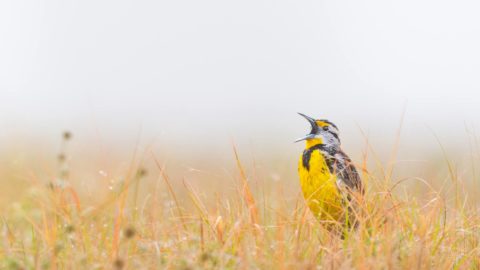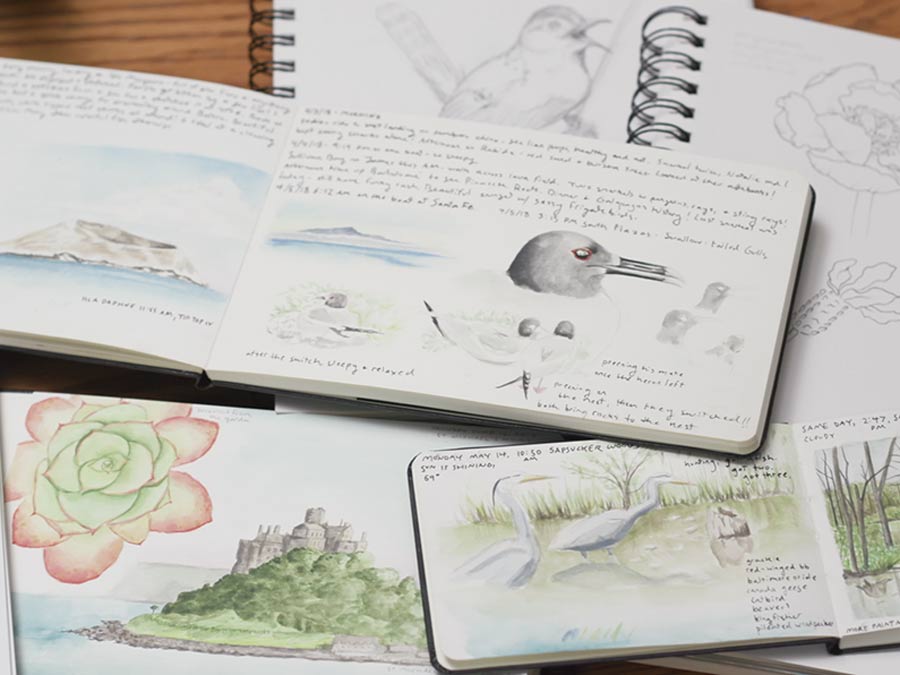Nature Journaling and Sketching: Tips for Birders
Incorporating a little sketching can enhance your birding experience—and make you a more observant birder, too.
June 15, 2022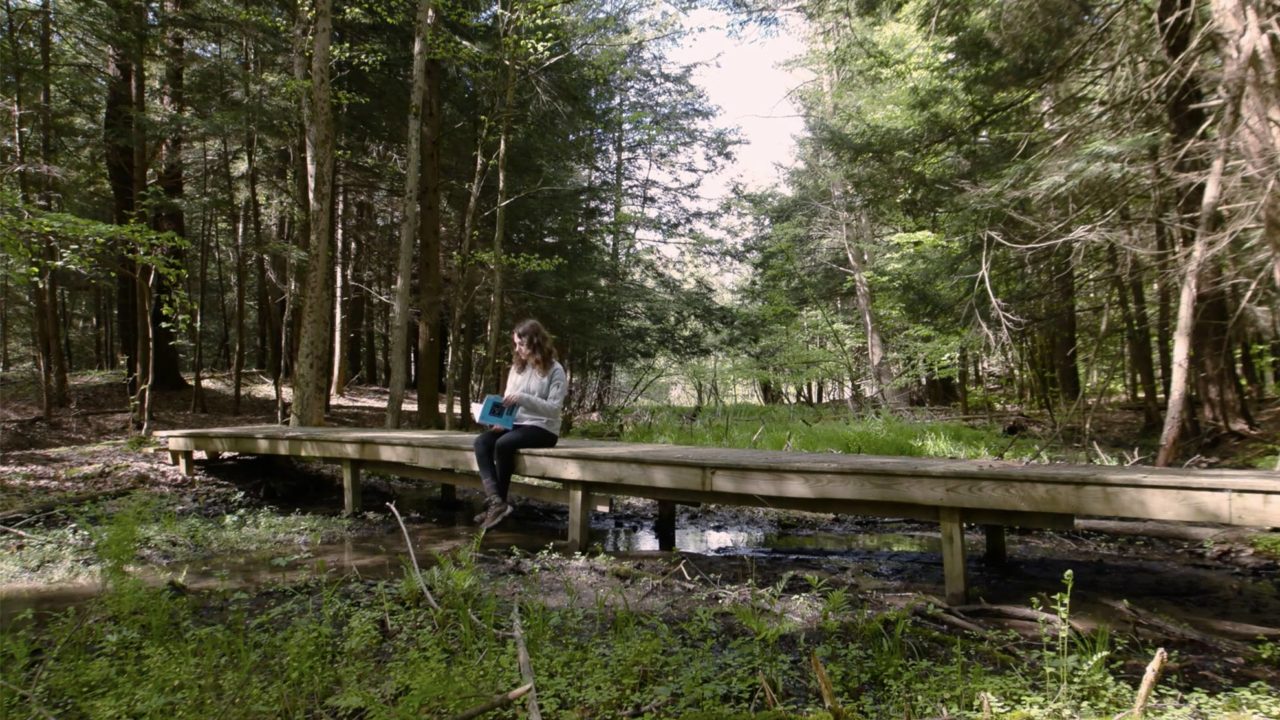
From the Summer 2022 issue of Living Bird magazine. Subscribe now.
Birders spend countless hours in nature dedicated to the practice of observation, whether walking and spotting birds with the naked eye or stopping to carefully study a bird’s features, its beak shape, or plumage patterns through binoculars.
Coincidentally, professional artists spend a lot of time in focused observation, too. Observation in the service of producing art requires stillness and awareness; it asks us to slow down and spend time with our subjects, allowing for a deep connection.
You don’t have to be an artist to practice observation like an artist; in fact, incorporating a few time-tested sketching techniques can even change the way birders build relationships with birds and the natural world. That includes learning the skill of sketching, and that’s exactly what sketching is: a skill, not a gift or talent that you either have or don’t. As with picking up any other new skill, all it takes is time and practice.
Whether you want to connect with the birds in your backyard or document nature while you travel the world, field sketching and nature journaling are extremely powerful tools for connecting with birds. Even though creating art can be an intimidating prospect for a beginner, birders have an advantage, because they already have the critical eye of an observer. Add in a few pro tips from the art world on the process and practice of observation and sketching, and you’ll open up a whole new dimension to the way you experience and connect with birds and their habitats.
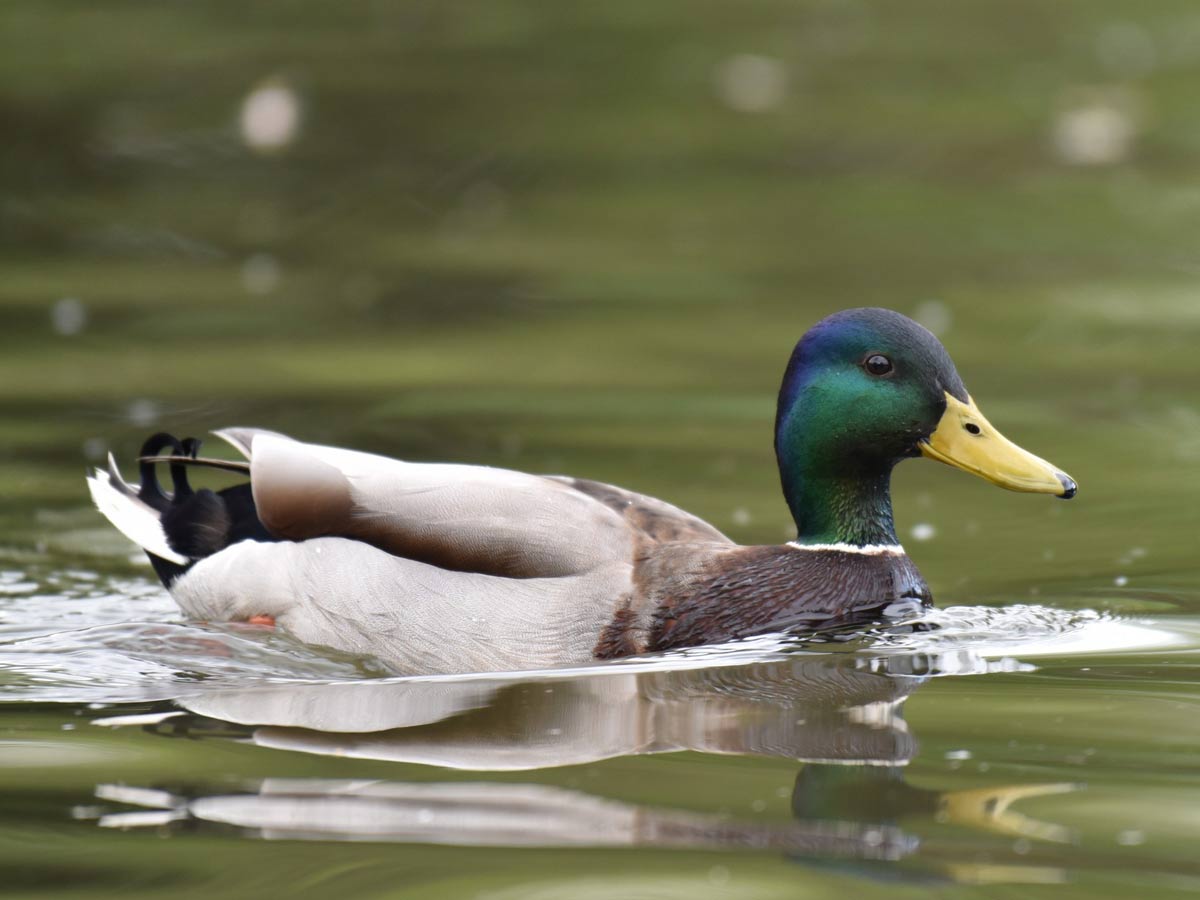
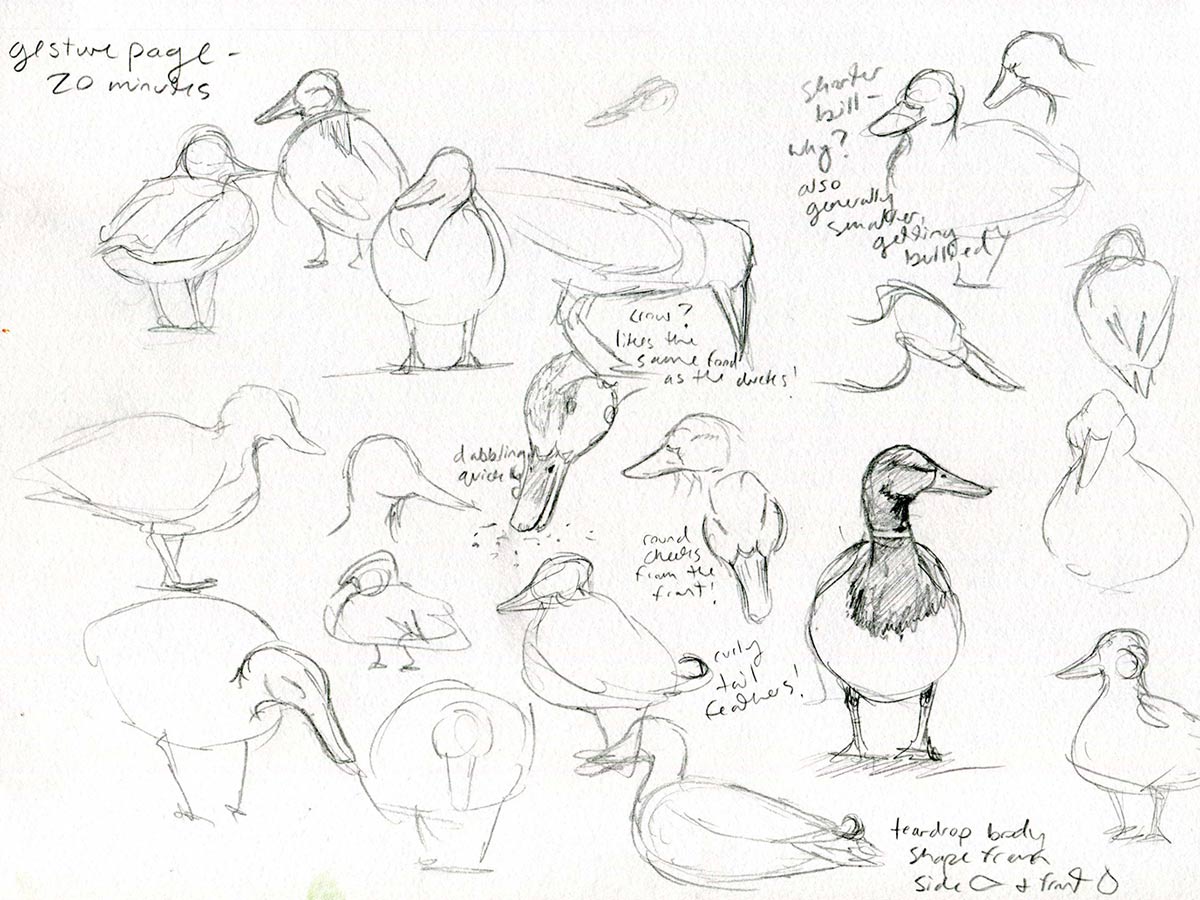
Start by Stopping at a Sit Spot
The sit spot is a tried-and-true technique in birdwatching: choose a spot where you can sit comfortably and quietly for an extended period, allowing the creatures around you to become accustomed to your presence. After about 15 to 20 minutes, animals resume their natural behaviors, and you get a glimpse of the natural world as it occurs when you’re not around.
Nature artists use sit spots as well, as a way to heighten the skills for making observations. An observation is any information you gather with your senses—sight, hearing, touch, smell, or taste. As time passes at a sit spot, the small movements and new sounds happening all around you will become more obvious. Take this time to record your observations in your nature journal, by sketching your environment and writing what you are experiencing with your senses, reflecting on what you’re experiencing in your thoughts.
As an artist in my nature journaling practice, I enjoy doing quite a lot of drawing, supplemented by note-taking about not only what I’m seeing, but also how I am feeling. For example, I often focus on one sense at a time. I take a deep breath and notice how the air smells and how the breeze moves by. I look up and see how the clouds are moving and what shade of blue the sky is as birds are silhouetted flying overhead. I close my eyes and listen closely to the birds chirping in the trees.
Use Time and Place to Overcome the Blank Paper
After settling down in your sit spot for nature journaling, it’s time to “open the page”— an artist’s phrase for getting started on a sketch. I often open the page by documenting the date, time, weather, and location at the top. This practice establishes a record of that day, so every time I revisit this page in my nature journal I am transported back to that time and place, and my observations trigger memories of what I saw and how I felt.
Logging the time and place also removes the intimidation that a blank page often causes for artists, beginners and professionals alike. For me, making the first mark is the hardest, but by recording these details on my page I can take that fear away.
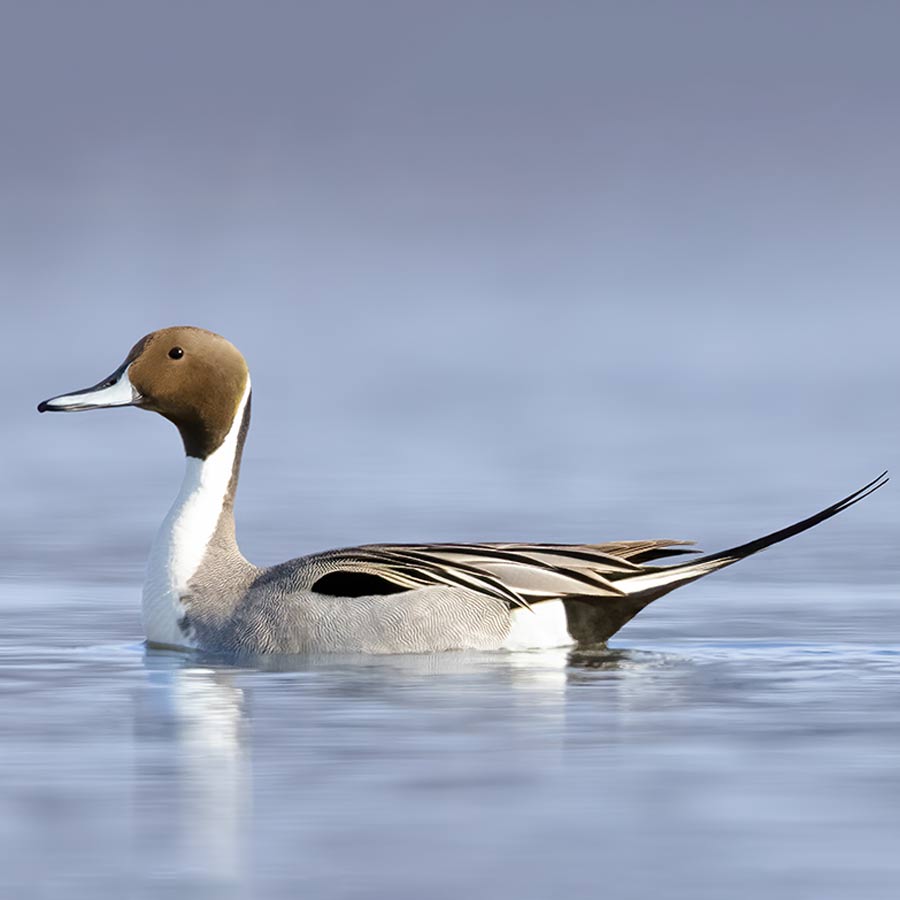
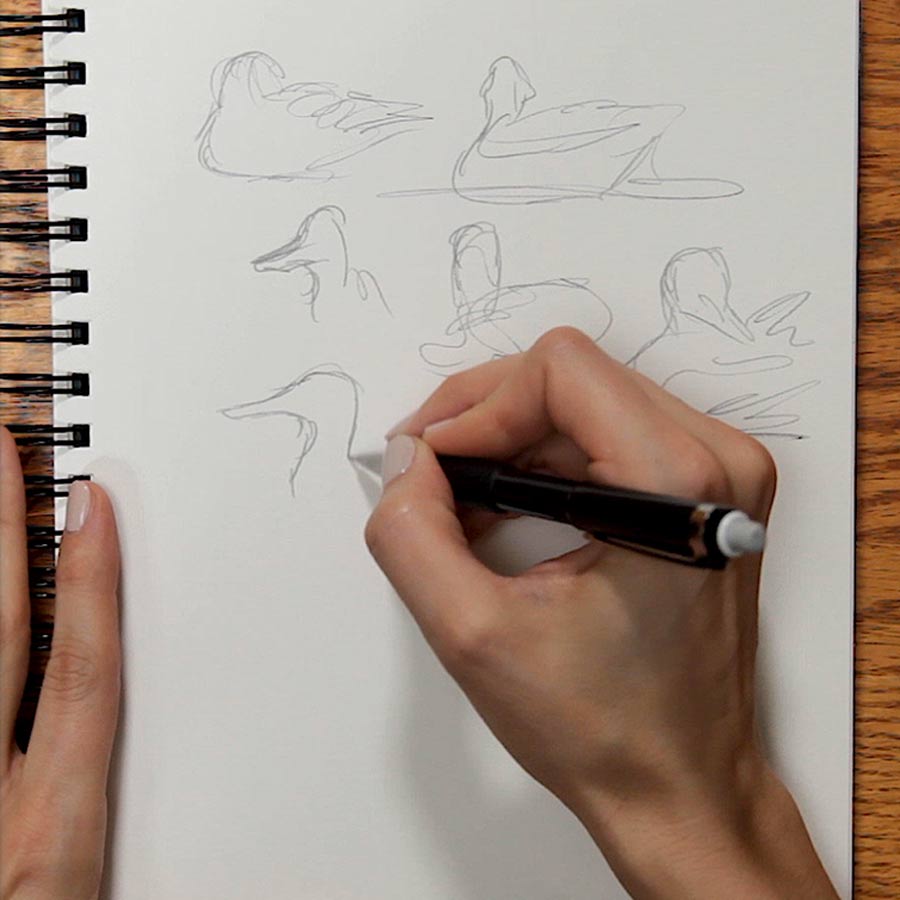
Use Gesture Drawing to Document the Gist
Gesture drawing is a type of sketching that is quick, loose, and sometimes even wild. The intention behind gesture drawing is to capture the essence of your subject—its behaviors, movements, and posture.
This type of sketching is intended to take away the pressure of perfectionism, teaching you to draw instinctively while getting comfortable with quick sketch marks. To create a gesture drawing, use loose and flowing lines to represent the form of your subject, but don’t worry about the details. Push yourself not to be too precious. Don’t bother with lightly drawing delicate outlines, just really get into it—let your pencil fly, shake your shoulders out, and loosen up.
Start small, don’t feel the need to fill the whole page to capture a movement. When I am gesture drawing, my hand is moving in a quick and sketchy way, so much so that I can hear the marks of my pencil on the page. You can use any kind of drawing tools for gesture drawing— pencils, pens, markers, crayons, whatever.
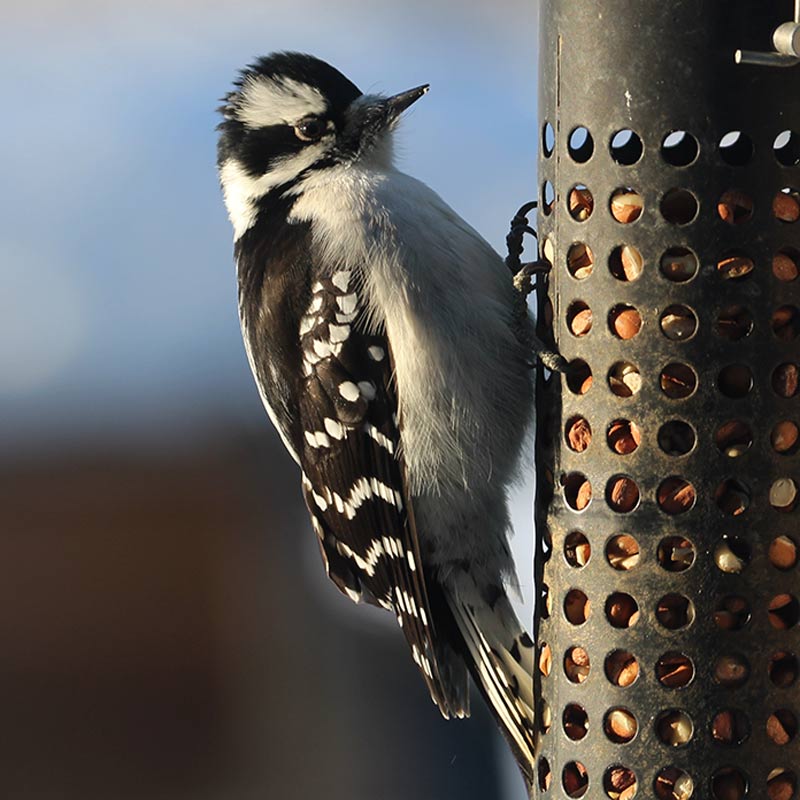
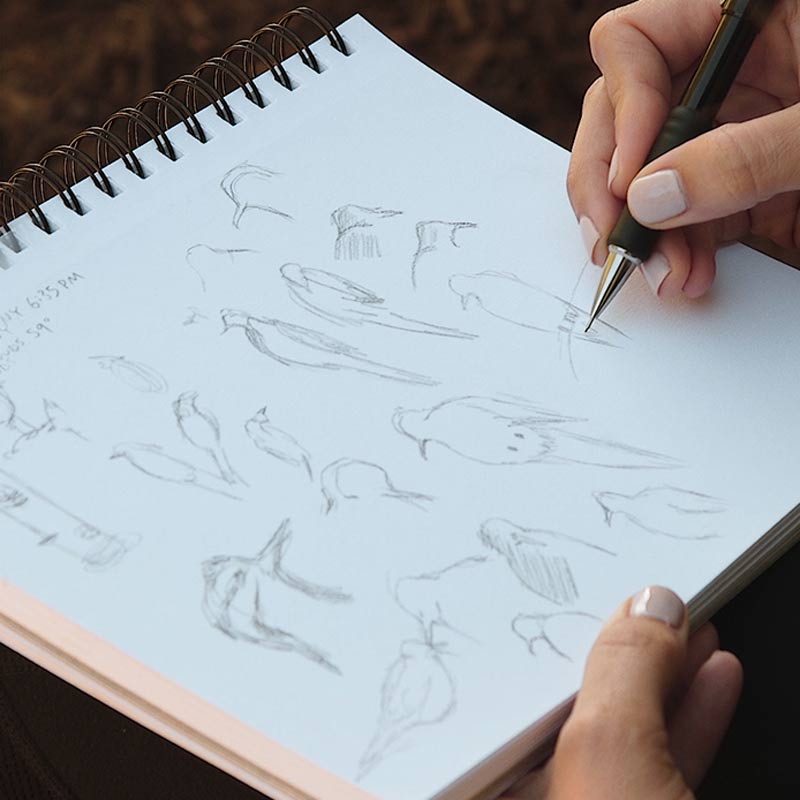
Add Notes to Document Behaviors and Context
As you practice gesture drawing on live subjects (like birds), you will start to notice behavioral patterns as well. When I watch and sketch at my bird feeder, a group of House Finches often visits the feeder together—and I notice that they are so talkative, constantly chirping at one another and having tiny squabbles that seem to resolve quite quickly. When chickadees visit, I note that they don’t linger at the feeder, they grab one solitary seed and fly up to a tree to eat it in peace and safety. These are all behaviors that I record with quick sketches and little written notes to the side. Your bird feeder is a fantastic place to practice gesture drawings. Not only will it improve your skills as an artist, you will get to know your feeder birds like they are your own family.
Most Important, Make Nature Journaling Work for You
Creating art and recording your thoughts in the way that you choose is an incredibly personal experience. Your nature journal is meant to be a record of your observations that you can revisit and enjoy, as well as a tool to strengthen your connection with nature. It can be for your eyes only, so never worry about how the page will look—only be mindful of the process and intention behind it. Think about what methods of recording bird observations bring you the most joy and fulfillment. It may take some experimenting to find out, but always bring your nature journaling practice back to what you love.
The more practice you put into sketching birds, the better you’ll get and the more you’ll love it—so create a schedule that works for you to begin natural journaling and challenge yourself to stick to it. Whether drawing once a week or making a daily sketch at your bird feeder, make the time and space for your practice to grow.
There is an arc in the practice of learning to draw and building the skills to create what you envision on the paper. In the beginning, your vision will not always line up with the end product, but please remember that every drawing is a stepping stone on the path to improvement. Even if a drawing does not turn out like you had hoped, the act of making that drawing helped you improve your skill. Every single drawing is good because it helped you learn.
And remember to be gentle with yourself. If a sketch and a few notes helped heighten your awareness of observation, helped you notice something about a bird that you hadn’t seen or heard before, then no matter what the page in your nature journal looks like—it’s a success.
Born and raised in Nashville, Tennessee, Liz Clayton Fuller is a science illustrator, fine artist, and educator specializing in birds. A former Bartels Science Illustrator at the Cornell Lab of Ornithology, she has also created and taught field sketching courses for the Cornell Lab’s Bird Academy and for Cornell University programs. Follow her at instagram.com/ipaintbirbs.

All About Birds
is a free resource
Available for everyone,
funded by donors like you
American Kestrel by Blair Dudeck / Macaulay Library
